COCA-COLA Zero, Diet and Classic
Real Taste of food additives
Have you ever felt a craving for soda? CNN Health reported the other day that diet soda can be addictive. Moreover, recent research in rats showed that “eating sweet non-caloric substances may degrade” the ability to predict caloric contents of the food, “leading to increased food intake and diminished energy expenditure” (A Role of Sweet Taste). Are these the goals that are on your mind when you drink diet soda? Let us start with Coke Zero and take a close look at what is inside.
On a 2L bottle of the Coca-Cola Zero you can read in large-font letters: “Real Coca-Cola Taste and zero calories.” Now let us equip ourselves with a magnifying glass and read, in a much smaller font, what the essence of the “Real Taste” is: “carbonated water, caramel color, phosphoric acid, aspartame, potassium benzoate (to protect taste), natural flavors, potassium citrate, acesulfame potassium, caffeine. Caffeine content: 23 mg/8 FL OZ”.
What you’re drinking is a diluted solution of phosphoric and carbonic acids accompanied with a number of other non-nutritional additives! So what does this mean? Coke Zero is truly nothing else but heavily CONTAMINATED water. Is this what you really want in a zero calorie drink?
What our body needs is a variety of nutrients, WATER and oxygen. That is the basis of our nature and we should pay respect to it if we want to stay healthy. Unfortunately, our dietary preferences often ignore the essentials of our bio-chemical nature. Yes, we can choose, once in a while, to drink beer, soda, coffee, etc., in place of water. Once in a while we can choose to eat a food full of non-nutritional additives in place of nutritional food. We also can choose to breathe with smoke in place of air and our body will somehow handle that for a while. But if we make sodas, food surrogates and smoke for part of our life for many years then we have to be ready for the consequences, intended or not. Please see USA TODAY report on diet soft drinks.
Yes, it is that simple: We are what we eat and what we do on a regular basis. By persistently choosing surrogate food (the “dye diet”) we agree to deviate from our body’s original nature to a sort of a surrogate one and, hence, our life becomes a surrogate too. So if one deliberately chooses this then no complaints should be filed later on. Cause and effect works equally for everyone without exception. And yet it is still our free choice what we want to do with our health and our life. For this reason we want to be as well informed of what is in our food and what risks we take with it.
Let us see what the DyeDiet Risk Scores (DDRS) are for the Coca-Cola products and why.
Zero Coke Risk Diagram: DDRS ~ 52
First we need to assign the DyeDiet Risk Factors (DDRF) to each ingredient. The only nutrient (green segment) in Coke Zero is carbonated water which, in fact, is carbonic acid and therefore its DDRF is 2, not 1 as is assigned to pure water (see “Food and Risk”). Other DDRFs are explained below.
- Carbonated water, DDRF 2.
- Caramel color, DDRF 7. Before reading a very recent article “FDA Urged to Prohibit Carcinogenic “Caramel Coloring” by CSPI, I would assign DDRF ~ 4-5 to the caramel color and assume it is benign additive derived from sugar. Not anymore. The article reads, in particular: “Most people would interpret ‘caramel coloring’ to mean ‘colored with caramel,’ but this particular ingredient has little in common with ordinary caramel or caramel candy,” Jacobson said. “It’s a concentrated dark brown mixture of chemicals that simply does not occur in nature. Regular caramel isn’t healthful, but at least it is not tainted with carcinogens.”
- Phosphoric acid, DDRF 7. This is a mineral acid sometimes used in household as “rust removal”. Please note that blood pH range is maintained in a very narrow range between 7.35 – 7.45 units so that normal blood medium is NOT acidic but slightly basic instead. Consumption of large amounts of soda (pH ~ 2.5 – 4) may be disruptive to the acid-base balance so that acidosis may occur. For your reference, pH is a measure of acidity or basicity of aqueous solutions (pure water pH = 7).
- Aspartame, DDRF 8. This is an artificial sweetener, a dipeptide of phenylalanine and aspartic acid with a highly controversial history. Again, based on the chemical structure alone, I should assume that aspartame is a benign food additive. However, recent extensive studies demonstrated that, unfortunately, aspartame produces multi-potential carcinogenic effects in rats even when administered in as low a dosage as 20 mg/Kg, that is 2.5 times lower than the 50 mg Acceptable Daily Intake in the USA! Also, significant dose-related increases of malignant tumors in rats were found. Please watch a video: Aspartame.
- Potassium benzoate, DDRF 6, a food preservative with low acute toxicity in rats (LD50 ~ 4g/Kg, see Potassium Benzoate MSDS). However, in acidic medium it may produce highly toxic benzene, that is known to cause cancers and reproductive damage (see Benzene MSDS).
- Natural flavors, DDRF 5. In most cases those are relatively simple organic molecules which chemical structure is kept out of public attention as a commercial secret.
- Potassium citrate, DDRF 3. Non-toxic additive.
- Acesulfame potassium, DDRF 8, one more artificial sweetener foreign to human nature.
- Caffeine, DDRF 6. Despite its occurrence in coffee, tea and many other plant species caffeine is far from being an innocent food additive! Its oral acute toxicity in mouse is pretty high LD50 ~ 127 mg/Kg (MSDS-Caffeine) that is some 20 times higher toxicity than that of table salt, LD50 ~3 g/Kg and DDRF 5 (see MSDS here). Please keep in mind that 2L bottle of Zero or Classic Coke contains total 184 mg of caffeine.
Here is the “Dyegram” full of red and yellow segments displaying risks posed by the non-nutritional chemicals.
Diet Coke Risk Diagram: DDRS ~ 44
While lacking acesulfame potassium makes this beverage a little less risky it is still diluted “rust removal” of ZERO nutritional value. Indeed, from my five day long experiment I have found out that the Diet Coke successfully removed most of the rust from a piece of rusty metal.
Furthermore, for some strange reason, Diet Coke has 35% higher caffeine content of 31 mg/ 8 FL OZ totaling ~ 250 mg per 2L bottle. New research adds even more disturbing alerts for the Diet Coke drinkers:
- Diet soda drinkers are at 48% higher risk of heart attack and stroke versus those who drink no soda at all. And yet we read on the bottle: “Join Diet Coke in support of women’s heart health programs” and on the opposite side: “Participation by Coca-Cola does not imply endorsement by HHS/NIH/NHLBI.” You decide what to believe.
- Diet Coke may develop addiction in people.
Here is Diet Coke risk diagram which is still mostly red:
Please find more to read on diet soda here.
Classic Coke Risk Diagram: DDRS ~ 32
Even less foreign additives are in the Classic Coke. For some reason, this time there is no need “to protect taste” with potassium benzoate! However with every drink of Classic Coke you get ~ 5 teaspoons of sugars in the form of High Fructose Corn Syrup (HFCS), a major contributor in the US population obesity increase, to cardiovascular disease and diabetes. In addition it has been reported recently that fructose may help tumor cells to proliferate.
So when you drink Classic Coke please watch you daily sugar intake.
SNAPPLE Peach Tea Diagram: DDRS ~ 16
Now look at an alternative, Snapple Peach Tea made from green and black tea leaves. This was the only beverage without HFCS and sugar substitutes I could find on the “soft drinks” aisle at Walmart. DDRS is half of that of Classic Coke due to absence of phosphoric acid, caramel color and caffeine. Snapple Peach Tea contains 71 mg of natural antioxidants (as tea polyphenols) per 1 cup serving of 240 ml and natural peach flavor.
Coca-Cola vs Snapple Peach Tea comparison
| Zero Coke | Diet Coke |
Classic Coke |
Snapple Peach Tea |
|
| Price per 67.6 FL OZ (2L) | $1.25 | $1.25 | $1.25 | $2.09 (a |
| Caffeine added per serving (8 OZ) | 23 mg | 31 mg | 23 mg | none (b |
| Sweetener | Aspartame, Acesulfame potassium | Aspartame | HFCS, ~ 5 teaspoons per glass | Sugar, ~4 teaspoons per glass |
| Stated value | Zero calories coke | Diet coke, heart health | Very low sodium coke | All natural peach tea, zero sodium |
| True value | Zero nutrients chemically contaminated water | Zero nutrients chemically contaminated water | Very low sodium, fructose sweetened acidic water | All natural peach tea, zero sodium |
DyeDietrecommendation |
NO52
|
NO44
|
NO32
|
Yes16
|
a) Recalculated from the original price of $1.98 per 64 FL OZ bottle; b) According to a database there is 21 mg of intrinsic caffeine per 8 OZ in the Snapple Teas
Please keep in mind that pure water has “zero calories” too and it is a superior nutrient over many beverages because it is NOT chemically contaminated!
The DyeDiet Risk Score Labels
With this information in mind you may want to decide to stop drinking corrosive Coca-Cola’s phosphoric acid cocktails in favor of Snapple. Enjoy the Peach Tea! Just watch carefully your daily sugar intake. However, as always, the freedom of choice is YOURS!
Category: American diet, Diet drinks, Soft drinks, Zero calories
Comments (28)
Trackback URL | Comments RSS Feed
Sites That Link to this Post
- Caffeine Amount In Coke Zero | Medicine Blog | April 13, 2011
- Michaele Nwachukwu | January 5, 2013

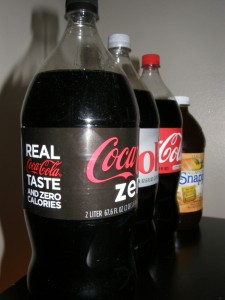
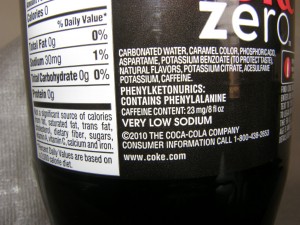
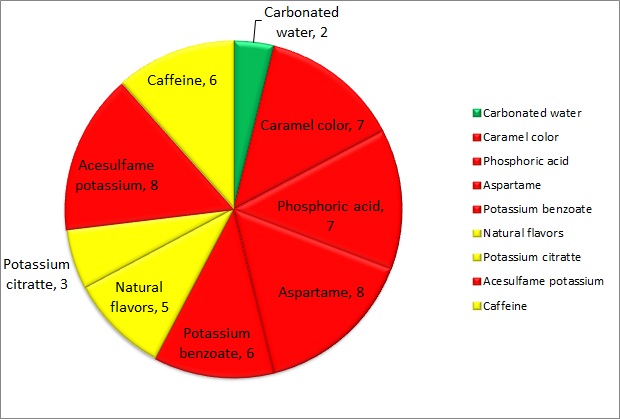
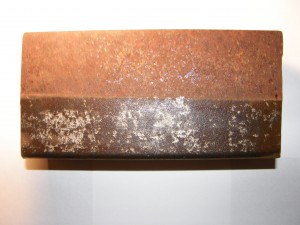
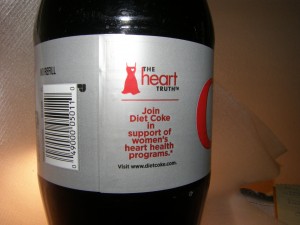
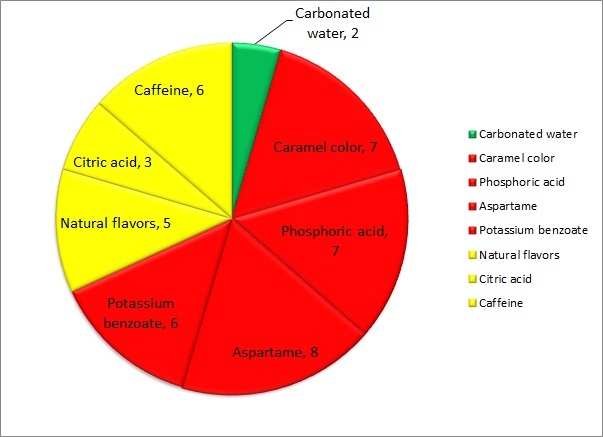
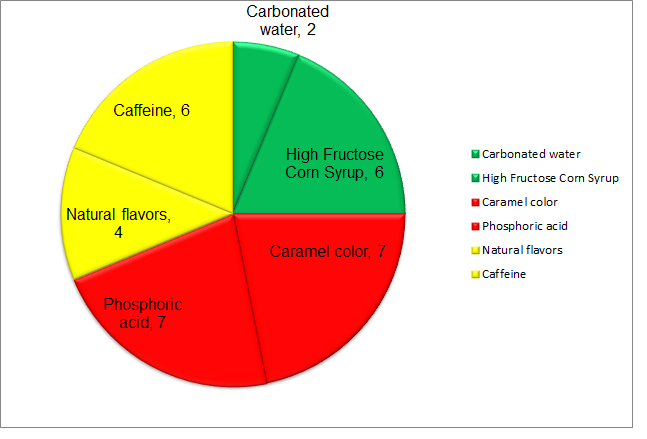
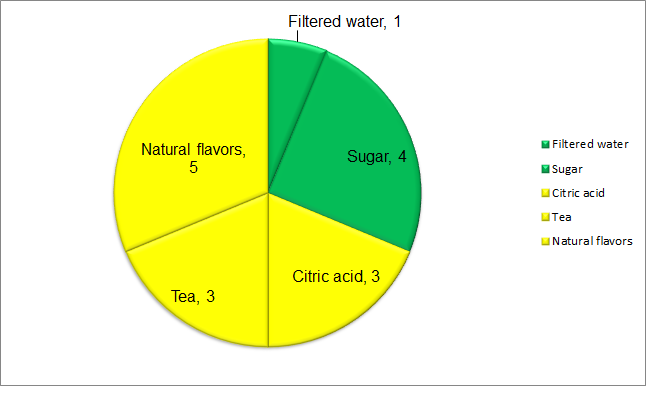
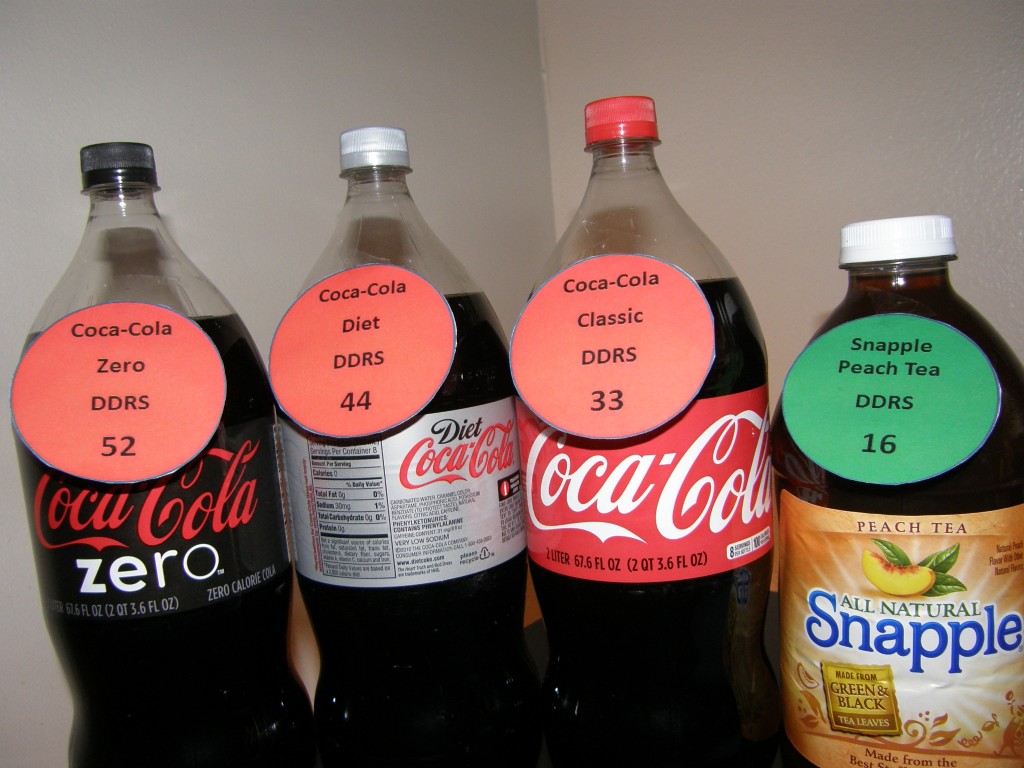




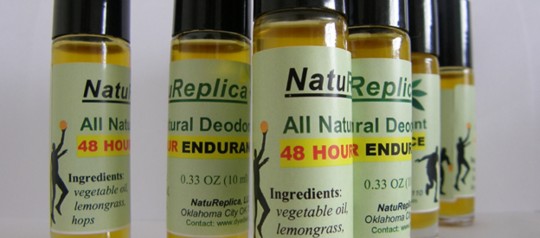
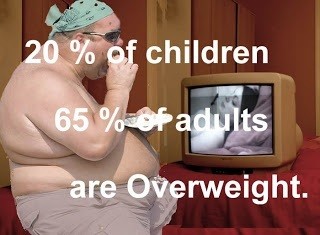
There has been so much in the news about diet drinks lately it seems like the best zero calorie choice is iced green tea; no caffeine and no calories.
Yes, whatever your informed choice is, Mark!
Great article! I posted this in several places on my facebook as well as bodybuilding.com!
Thank you, Aaron!
I like this post, enjoyed this one thanks for posting .
Loving the information on this website , you have done great job on the blog posts.
thank you for posting this article, really enjoyed the read!
hello, love from finland. your post looks great. Mind if i quote it in my blog?
Go ahead.
wow – now that’s what i call a good article. keep up the work
I never thought of it that way, well put!
im so glade they are showing the truth about this junk… i LOVE SNAPPLE. And im glade it’s getting it’s time in the Spot light, Yeah snapple really just got Better!
The “cancer causing Aspartame” has been debunked over and over and over…why oh why do people still state this as fact when it is nothing but lies.
Why? If you have read the above Aspartame paragraph carefully, you should have clicked on the TWO links ( multi-potential carcinogenic effects of 2006 and malignant tumors of 2007 ) to the original publications of studies conducted by Italian scientists INDEPENDENT of the US manufacturers. Also I assume you are familiar with the “Aspartame controversial history” http://en.wikipedia.org/wiki/Aspartame_controversy. Also there was a number of more recent warnings about Aspartame in 2011, 2010, 2008, see: http://www.dyediet.com/2012/03/03/food-and-risk/aspartame-or-sugar-you-decide/.
If, after reading of all of this you still want to keep experimenting on yourself, take chances – go ahead! This is your choice. Other people (myself included!) choose not to be the guinea pigs that is the same of being ignorant slaves. Best of all!
I like to drink Coke. It is my favorite drink. I drink the caffeine free (not diet) version.
I understand. Your caffeine free and not diet choice is perhaps the least damaging but still way less healthy than pure water or say IZZIE (http://www.dyediet.com/2012/09/22/soft-drinks/welcome-izze-fortified/). With every can of Coke you allow some 12 teaspoons of SUGAR to sneak into your blood where it creates havoc. See a summary of health dangers of too much sugar here:http://www.dyediet.com/2012/12/07/soft-drinks/toxic-sweetness-of-sugar/
If you are OK with taste of concord grape you may consider buying Welch’s 100% Grape Juice (http://www.dyediet.com/2012/08/05/soft-drinks/juices/welchs-100-grape-juice/) but you will have to DILUTE it with plenty water (2-3 times!) because it contains record amount of sugar which must be lowered. Also Sparkling Concord Grape is a very good replacement for Coke (http://www.dyediet.com/2012/10/20/soft-drinks/sparkling-concord-grape-is-a-good-drink/). Above all red grapes contain antioxidants and vitamins.
7-11 stores have a Double Gulp cup for soda. It holds 64 oz. of soda (55 oz. soda + 9 oz. ice).
Wow! This sounds like a double gulp for an elephant…
Did you know that most kids’ drinks have a whopping 60g of sugar in every small bottle? That is as much as 2 canisters of whipped cream.
Very nice post. I just stumbled upon your weblog and wanted to say that
I’ve truly enjoyed browsing your blog posts. After all I will be subscribing to your feed and I hope you write again soon!
I think Coke should be remade: remove the caramel color and phosphoric acid, use real sugar, and add citric and tartaric acids. By doing that you get a clear drink that tastes exactly like Coke.
Tell this to the Coca-Cola Company… Caramel coloring is long time Coca-Cola’s tradition and it was OK before they escalated their drinks to gigantic mass-production when existing technology failed. So new technology includes high pressure/temperature treatment of sugar with ammonia when numerous side products are created and some of them are known carcinogens. NOTE: this was NO concern for the Coca-Cola Company, until Center for Science in Public Interest has discovered and disclosed this covered fact to the public. Lesson should be learned: We are not safe here.
How can I get a true cola with natural biological ingredients.
I am not quite sure of what exactly you mean. But you can buy cola without bad chemicals at Whole Foods Market. Take a look into this too: http://www.dyediet.com/2012/08/15/soft-drinks/365-cola-too-much-sugar/
Now, the question is, who would want to pay $3.00 for 6 cans of too much sugar?
I would not. But millions others do this all the time…